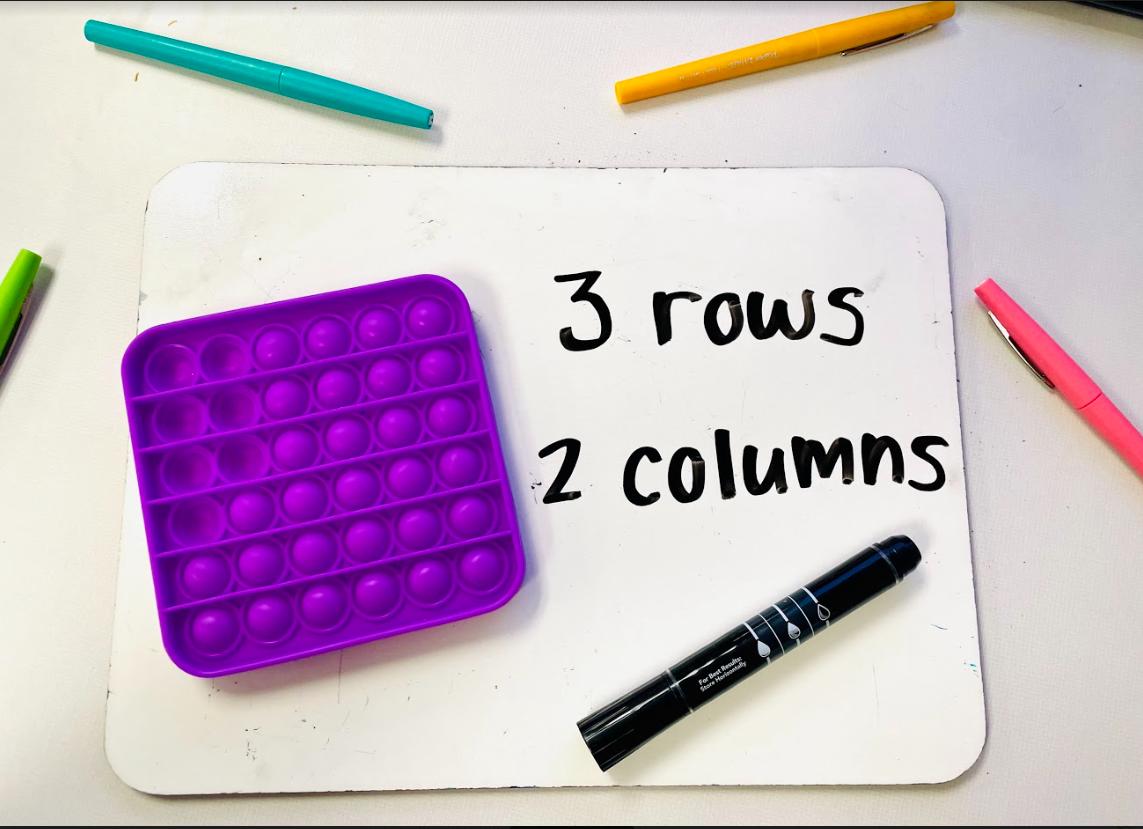3 Engaging Ways to Use Pop-Its in your Classroom
In the words of Corny Collins, “you can fight it, or you can rock out to it!”
They have them. You hate them. They are causing issues in the classroom. What are they? POP-ITS! The kids are dying to play with them, and you are dying to get them to retain some information. We get it! Here are some fun ways to use pop-its in the classroom to help students practice and master skills.
It is easy to differentiate with this strategy and make the problems more difficult as you continue. When we begin arrays, I usually have them focus solely on creating the correct number of row and columns. As we get deeper into the topic, I will have kids begin to write multiplication sentences based off of the array.
This also is a great partner work! Put two kids together, have one create an array, and one write the number sentence that will go along with it. Then, have them switch roles. My students love practicing this way!
1.Teaching Arrays
In second grade we begin learning about arrays. I always find that this is a difficult concept for kids to recognize in their heads. In the past, I have had them draw arrays on whiteboards. However, many of my second graders tend to have issues with organization and their arrays begin to get very sloppy, making it difficult to recognize the columns and rows.
Pop-Its make the perfect solution to this issue. Using the Pop-Its to create arrays allows students to learn arrays kinesthetically, while allowing them to organize the rows and columns with ease.
#2. Phonemic Awareness
As primary teachers, we all know the importance of phonemic awareness. Most of my second graders are able to easily manipulate, segment, blend, delete, and replace phonemes, but each year I have a few students who really struggle with them. I have found Pop-Its to be a terrific way to teach segmenting and isolation skills to my struggling students in small groups.
I give my students words to spell. First they pop one pop for each sound the hear in the word in order to help them isolate the phonemes. Once they have done that, they write the word on the white board next to them. I have found this to be very helpful for my students who are struggling to isolate sounds.
This is also a great tool for counting syllables. Give your student a multi-syllabic word and have them pop a bubble for each syllable they hear!
#3. Spelling Practice
This is the only suggestion that will have you permanently altering your Pop-It, but the students do love it!
When practicing spelling words or patterns for the week, students can use a Pop-It that you have written the letters of the alphabet on. Instead of just writing the words on paper or a whiteboard, they can pop the letters in the correct order on their Pop-It!
Sometimes I even have them pop first, and then write afterwards as a double reinforcement.
There is just something about these toys that the kids love, so let’s channel that and make it work for us!
Let us know if you try any of these ideas in your classroom! We hope you found them useful!






